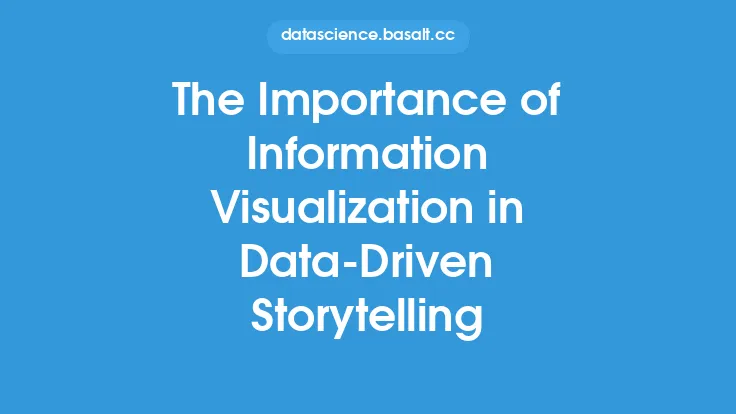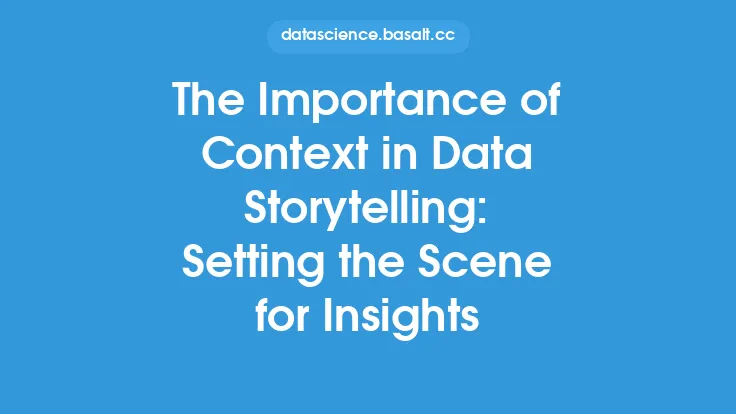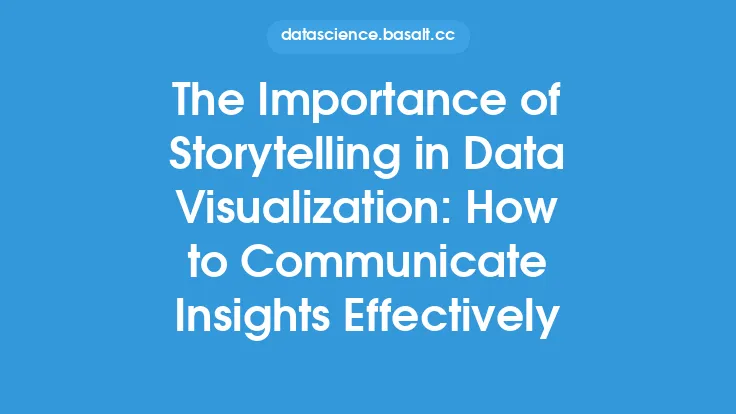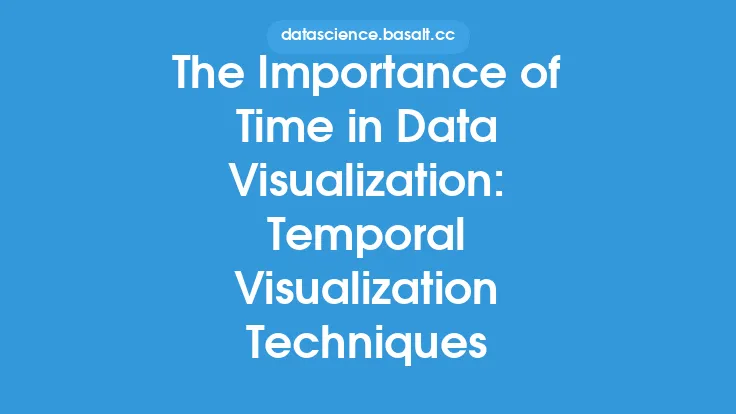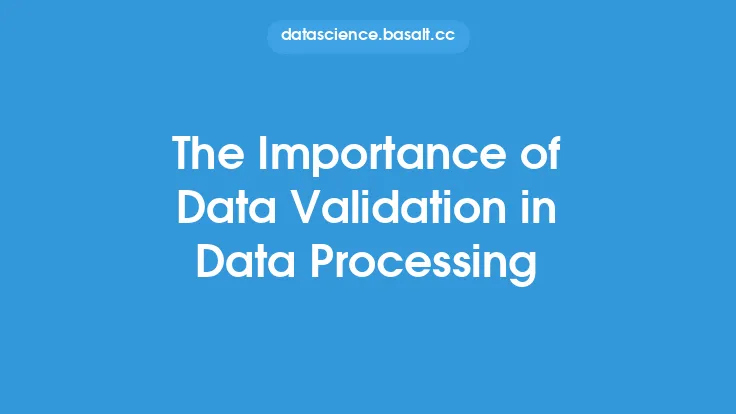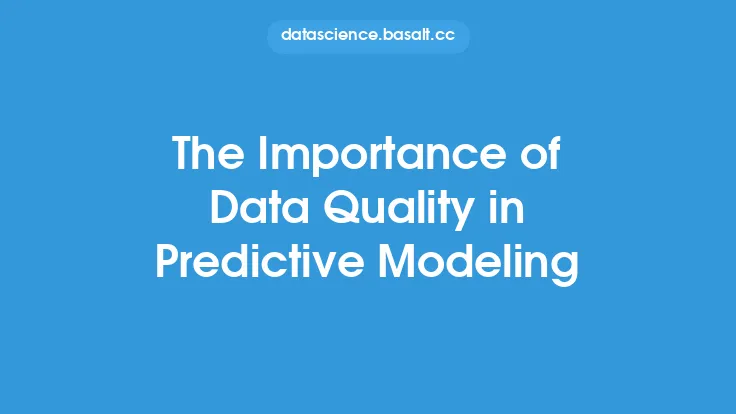Data storytelling is a crucial aspect of data reporting that involves presenting data in a way that is easy to understand and engaging for the audience. It is a technique used to communicate insights and findings from data analysis in a narrative format, making it more relatable and memorable for stakeholders. The goal of data storytelling is to convey complex data insights in a simple and intuitive way, enabling decision-makers to take action based on the information presented.
What is Data Storytelling?
Data storytelling is the process of using data to tell a story that resonates with the audience. It involves selecting the most relevant data points, creating a narrative around them, and presenting the information in a way that is easy to understand. Data storytelling is not just about presenting numbers and charts; it's about creating a compelling narrative that highlights the key findings and insights from the data analysis. A good data story should have a clear structure, including a beginning, middle, and end, and should be supported by visualizations and other interactive elements.
Benefits of Data Storytelling
Data storytelling has several benefits, including improved communication, increased engagement, and better decision-making. By presenting data in a narrative format, data storytellers can make complex information more accessible and easier to understand, reducing the risk of misinterpretation. Data storytelling also enables organizations to communicate their findings and insights more effectively, both internally and externally. Additionally, data storytelling can help to increase engagement and interest in data analysis, encouraging stakeholders to explore the data in more detail and ask questions.
Key Elements of Data Storytelling
There are several key elements of data storytelling, including a clear and concise narrative, relevant and accurate data, and effective visualizations. A good data story should have a clear and concise narrative that highlights the key findings and insights from the data analysis. The narrative should be supported by relevant and accurate data, and should be presented in a way that is easy to understand. Effective visualizations, such as charts, graphs, and maps, can help to illustrate the key points and make the data more engaging.
Best Practices for Data Storytelling
There are several best practices for data storytelling, including knowing the audience, keeping it simple, and using interactive elements. Data storytellers should know their audience and tailor their narrative accordingly, using language and terminology that is familiar to the audience. The narrative should be kept simple and concise, avoiding technical jargon and complex statistical concepts. Interactive elements, such as filters, drill-downs, and hover-over text, can help to engage the audience and encourage exploration of the data.
Technical Aspects of Data Storytelling
From a technical perspective, data storytelling involves several key components, including data preparation, data visualization, and narrative creation. Data preparation involves cleaning, transforming, and formatting the data for analysis, while data visualization involves creating interactive and dynamic visualizations to illustrate the key points. Narrative creation involves crafting a compelling story around the data, using techniques such as storytelling, annotation, and commentary. Several tools and technologies are available to support data storytelling, including data visualization tools, such as Tableau and Power BI, and narrative creation tools, such as Excel and PowerPoint.
Common Challenges in Data Storytelling
There are several common challenges in data storytelling, including communicating complex information, engaging the audience, and ensuring accuracy and reliability. Communicating complex information in a simple and intuitive way can be a significant challenge, requiring data storytellers to have a deep understanding of the data and the audience. Engaging the audience and encouraging exploration of the data can also be a challenge, requiring data storytellers to use interactive elements and other techniques to capture the audience's attention. Ensuring accuracy and reliability is also critical, requiring data storytellers to carefully validate and verify the data before presenting it.
Future of Data Storytelling
The future of data storytelling is exciting and rapidly evolving, with several trends and technologies emerging to support this field. One of the key trends is the increasing use of artificial intelligence and machine learning to automate data storytelling, enabling organizations to create data stories more quickly and efficiently. Another trend is the growing importance of data visualization, with several new tools and technologies emerging to support the creation of interactive and dynamic visualizations. The use of natural language processing and other narrative creation techniques is also becoming more prevalent, enabling data storytellers to create more compelling and engaging narratives.
Conclusion
In conclusion, data storytelling is a critical aspect of data reporting that involves presenting data in a way that is easy to understand and engaging for the audience. By using a narrative format, data storytellers can communicate complex information in a simple and intuitive way, enabling decision-makers to take action based on the information presented. While there are several challenges in data storytelling, including communicating complex information and engaging the audience, several best practices and techniques are available to support this field. As the field of data storytelling continues to evolve, we can expect to see new trends and technologies emerging to support the creation of compelling and engaging data stories.
